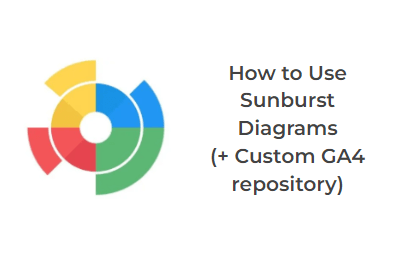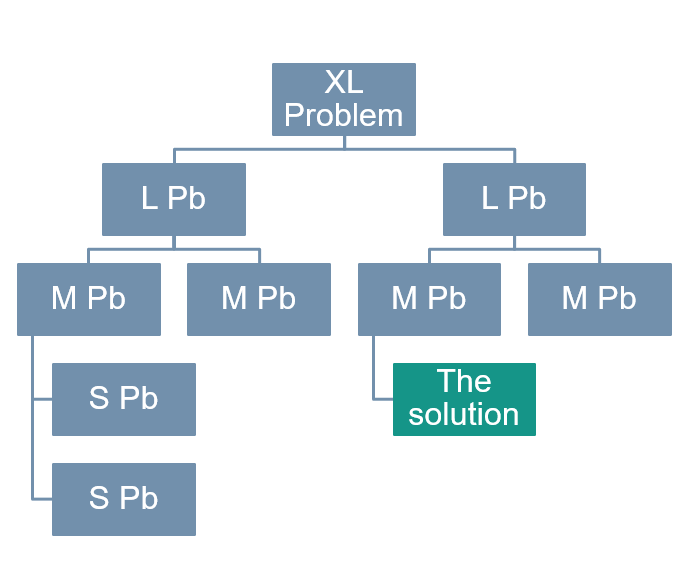In 2023, up to 32% of people aged 25 to 44 have considered changing their careers. Changing careers is becoming more common and less stigmatized, with many companies even valuing the diverse skill sets that varied backgrounds bring. However, figuring out how to pivot existing skills and experiences to a new path can be daunting.
Data analysis is a quickly growing field, with the US Bureau of Labor Statistics predicting 23 percent of growth in this field until 2031. With quickly growing demand, a skillset that can be self-taught, and abundant online resources, data analysis is a great choice as a career pivot for those with an analytical mindset, even if they come from a non-technical background.
Personally, I was able to transition from a role in a public policy non-profit into a role as a data analytics consultant, collaborating with diverse clients and utilizing multiple analytics and data visualization tools. To help others who might be interested in a similar career shift, I’d like to share my top 5 tips for career changers that could help new analysts as well.
1. Focus on the Basics of SQL
Learning and mastering SQL is essential for beginning data analysts, but don’t get caught up in learning as many commands as possible . The fundamental commands that form the backbone of SQL queries, such as SELECT, FROM, WHERE, LIKE, GROUP and ORDER BY are sufficient for the majority of SQL queries that you’ll write. Understanding these commands inside and out, and learning how to use them confidently, is crucial. By doing so, you’ll develop a better understanding of how SQL works, and you can build on this to develop more complex SQL knowledge in the future. When it comes to starting SQL, focus on depth rather than breadth.
2. Choose the Best Online Resources for You
There is no shortage of online resources available to learn SQL, both free and paid, so choosing the right resources can be difficult. Many platforms such as DataCamp, W3Schools, HackerRank, and Stratascratch provide structured, self-paced learning experiences, and/or a database of practice exercises and examples to reinforce your SQL skills. Oftentimes these platforms provide access to some of their content for free, so try a few to see which best fit your learning style, and upgrade to a paid version if you really like it. Personally, I enjoyed the clear interface and structured learning that DataCamp provided to learn the basics of SQL. I then used both DataCamp and the free version of HackerRank to complete dozens of practice exercises. The key is to explore these resources and determine which align best with your learning preferences and objectives.
3. Don’t Overdo It
As a data analyst, it’s important to recognize that you don’t need to learn every aspect of the data analytics pipeline right away. At this point, it’s not yet necessary to become an expert in data warehousing, know the best cloud service providers, or dive deeply into programming languages like R and Python. Your primary focus should be on mastering the basics of data analysis. With SQL alone, you can efficiently retrieve, transform, and analyze data, enabling you to generate valuable insights and reports. Remember, as a data analyst, your role is to extract actionable information from data, and a solid foundation in the fundamentals will go a long way in achieving this goal without getting bogged down in the intricacies of data science and complex programming languages.
4. Learn a Data Visualization Tool
Besides SQL, becoming proficient in a data visualization tool like Tableau or PowerBI is an essential skill for any data analyst. As the saying goes, “a picture is worth a thousand words,” and this is especially true in the world of data data analytics. These tools empower you to transform complex datasets into clear, visual representations that convey insights effectively. You can practice and experiment with different visualization techniques through free software trials, or even trying out free options like Google Data Studio, which has gained popularity among companies due to its cost-effectiveness. Additionally, by exploring extensions within these platforms to build intricate graphs automatically, such as with the Tableau smart waterfall extension from Datama, you can further enhance your data visualization capabilities.
5. Reframe Your Experiences
When transitioning into any new career, it’s essential to reframe your past experiences in a way that highlights your relevant skills and expertise. One of the most valuable assets you can leverage is your prior experience with data. Emphasize your problem-solving mindset, data-driven decision making, your ability to extract insights and communicate them to non-data focused stakeholders, and any experience defining and measuring KPIs, even qualitatively. Excel experience, such as pivot tables or writing formulas can showcase your analytic skills as well. Additionally, emphasize your collaboration skills by discussing your experience working with different teams, a crucial skill as analysts often have to work with many teams to best fulfill their needs. Finally, identifying business optimization levers, communicating business logic, and mapping actionable strategies is essential for data analysts. Rethinking these aspects in the form of market equations provides a quantifiable link between key variables and business performance, a task that can be automated and simplified with augmented analytics solutions like Datama.
Starting a career transition into the dynamic field of data analysis may seem daunting, but it offers a great opportunity for growth. To see how Datama can help you on your journey, check out our solution portfolio or get in touch with our professional services team, staffed with data analytics consultants who can help you maximize the potential of your team’s data.










